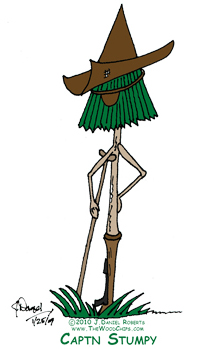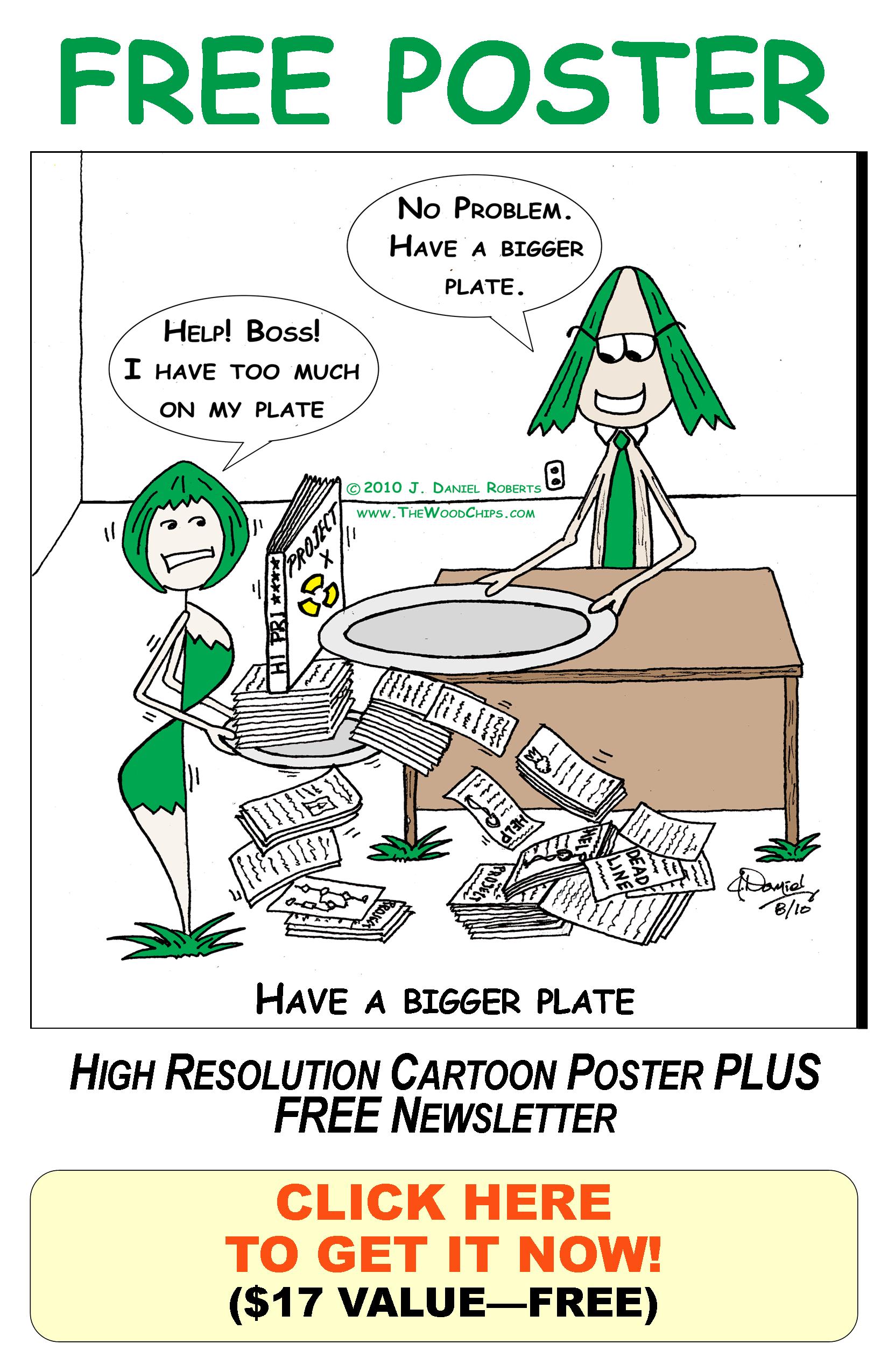My First Computer Crime Can Help You Save Democracy
My first computer crime may help you understand the need to use paper ballots. I’m being a little dramatic when I say computer crime — this was really a harmless prank that I ‘fessed up to, but it illustrates an important point as we approach the mid-term elections, and two years later, the Presidential elections. Let me explain.
Years ago in my computer programming classes at Vo-Tech in Springfield Missouri, I decided to play a trick on a fellow student named Barry. Barry was quite the athlete, so I decided to challenge him to a reaction time test.
I wrote a computer program that required us to press the START button and then, as quickly as possible, the END button on the mainframe computer console. As soon as END was pressed, I programmed the computer to type out the milliseconds it had taken to do this.
The lowest score would win.
I added another … hmmmm … shall we say, feature, to the program. If Barry was playing, I programmed it to double his score, making it virtually impossible to win.
Sure enough, as we played this simple game, I consistently won and Barry always lost — although to his credit, and not mine, he came very close to beating me. Not to his credit is the fact that he never noticed his scores were always even numbers because my program was doubling them.
I told him what was going on and we laughed and now years later this is a harmless little story about two young men horsing around in computer class.
Not so harmless are the voting machines we are using for our national elections. Because they have computer programs as well. And the programs are hidden.
You see, Barry would have never known he lost due to a rigged computer program if I hadn’t told him.
And there is no way to know this either in a national election. No one really knows what the program is doing inside. And there is no way to truly verify election results (recount) with another document, because another document doesn’t exist.
By the way, if you’re thinking that printing a ballot reciept for you is a safeguard, it is not. I know this. I was a Senior Programmer for a number of years and have well over 30 years experience in IT (Information Technology). The computer can easily be programmed to print you a ballot receipt showing you what you voted for, and still add your vote to other candidates internally.
So this is one area where the WoodChips advocate using paper — namely, a scanned paper ballot. Everyone can see what’s going on and there is a true way to do an independent recount without trusting the integrity of a hidden program inside the voting booth.
Many voting stations are manned by retired people, who, if necessary, could actually hand count the ballots.
Just one final point. You’ll recall in an earlier posts where WoodChip character Captn Stumpy got a big head he was so impressed people would be his friend on Facebook (go to Facebook and look up Capt Stumpy — he’s really out there).
Captn Stumpy For President – and I Approved This Message … aaarrrgggh!
So big of a head, in fact, he’s thinking about running for Presdent.
So if you don’t want to accidently vote for Captn Stumpy next election, because some crazy computer programmer … heh, heh … programmed the voting machine to take other votes and give them to him – you might advocate using paper ballots in future elections.
Because democracy is a precious thing. And the WoodChips are ok with sacrificing a little wood pulp to preserve it.
So what do you think about voting machines? You may click on this post’s title and leave a reply in the comment box that appears below.
Vote next Tuesday – and have a great day – J. Daniel
P.S. Now if you really think Captn Stumpy is better than future candidates, by all means vote for him — I’ve had a number of people tell me he’s got their vote already. Stumpy is still deciding if he’ll run with the Tree Party or the Limbertarians. Sorry, nothing against the Democrats or Republicans, just couldn’t think up a bad pun for them as well. That might be to their advantage (chuckle).
P.P.S. Technical note for those interested: I wrote START and END buttons in the story to keep it simple. Actually, this probably would have re-booted the computer. The computer was an IBM 1620 2nd generation scientific computer – I told you this was years ago. It had four external sense switches numbered 1 – 4. Hitting sense switch 3 started the count, switch 4 ended the count. For those of you wondering how the computer knew when Barry was playing, or I was playing, I flipped switch 1 on when Barry played, and switch 2 when I played. Internally in the program, I tested switch 1, and if it was on, I doubled the score.
All of this was done in native machine code without the aid of an assembler, or compiler or interpreter. Even doubling the score, i.e. multiplying by 2, was not straight forward as the computer only had the hardwired capability to add and subtract. We had to load our own multiplication tables into the machine. Computers have come a long way since then.
If this explanation leaves your eyes glazed over, imagine how well our wonderful voluteers at the voting booths (or anyone, for that matter) really understand what’s going on inside the voting machine. If you are somewhat confused, I think this makes my point.





Well, let’s not overlook the potential for election fraud with ANY kind of ballot…Chicago, St. Louis…etc. have many historical examples of that and then there is the infamous ‘hanging chad’ in Florida. I think we should really use the power of the computer/internet to allow on-line voting via a secured website. Not ultimately hack-proof, but only around briefly during election time so the hackers would have very limited time to de-engineer it.
Hey, all good points, although can’t for the life of me understand why you chose Chicago for dirty politics (chuckle). And I’d love to vote over the internet — just don’t understand how to do a real recount when it’s called for – we seem to be doing a lot of these lately.
This article is very interesting, I like it. I will always come to visit after.I will recommend your blog to my friends.